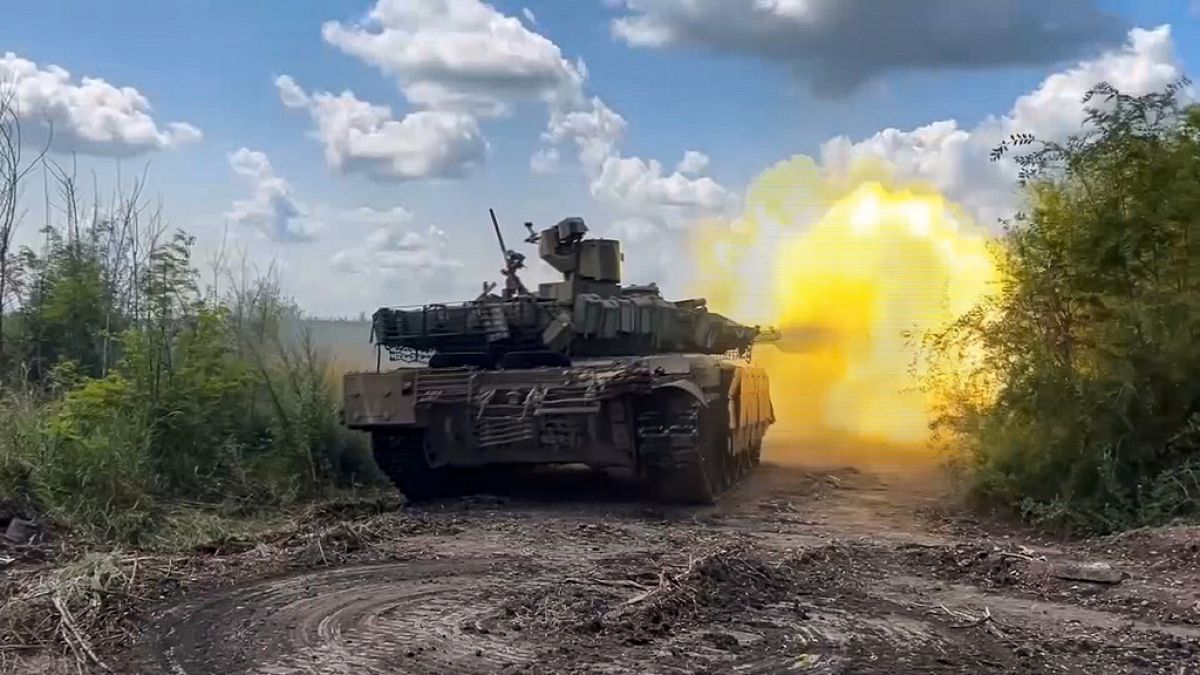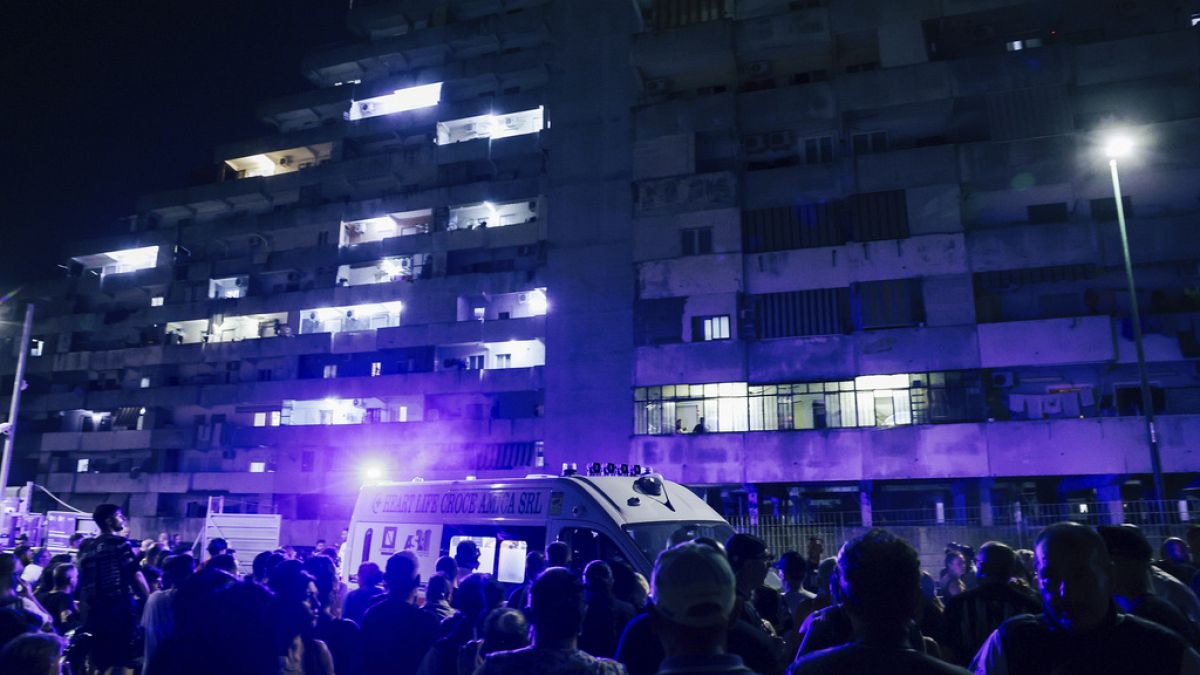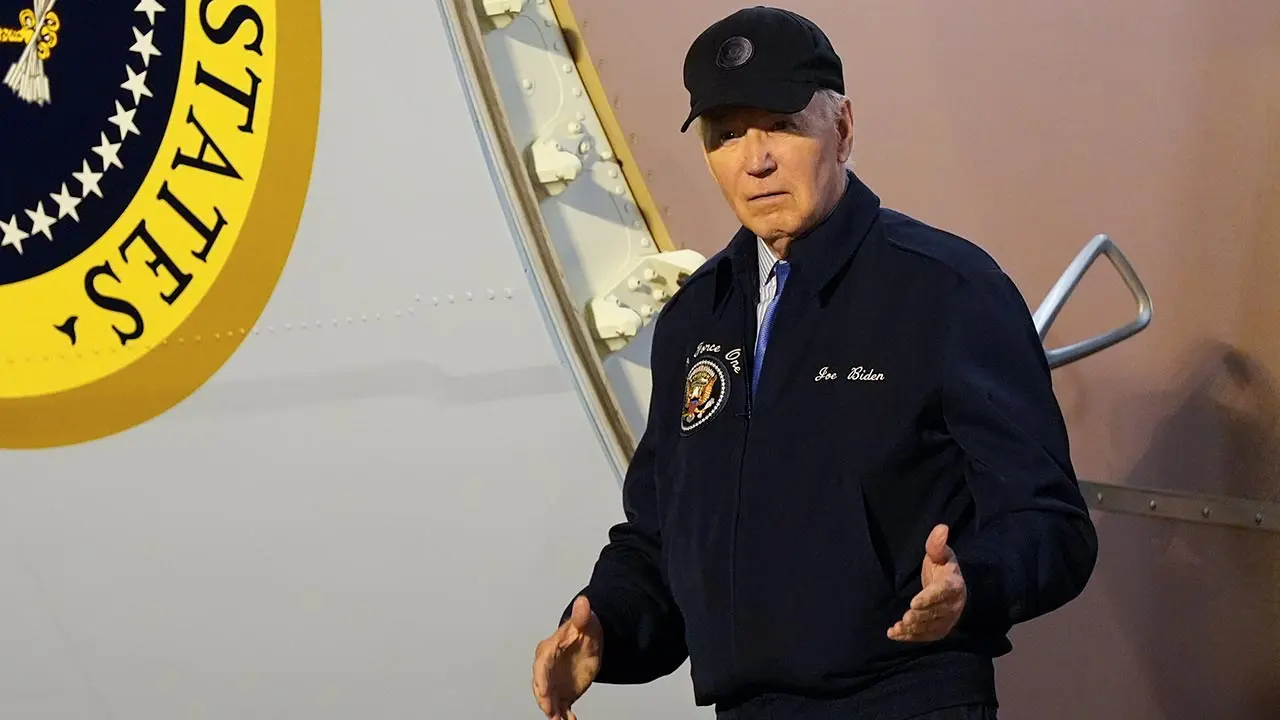North Dakota
North Dakota’s Deep Defense Ecosystem

BISMARCK– U.S. Senator Kevin Cramer (R-ND) penned an op-ed in the Grand Forks Herald discussing how North Dakota has one of the most diverse and critical defense ecosystems in the nation. Specifically, he highlighted Grand Forks Air Force Base (AFB) and its many transitions to meet emerging threats.
“North Dakota has strung together one of the most diverse and critical defense ecosystems in the nation. It formed from geographic necessity, a patriotic population, innovative educational institutions, and forward-thinking local, state, and federal government officials. It did not come together overnight, and no one piece defines the value of the whole. But the sum of these complex, interconnected parts has become a massive piece of our nation’s defense,” wrote Senator Cramer.
“There is no better example than the Grand Forks Air Force Base (AFB) and its many transitions to meet emerging threats. It has evolved from fighters, bombers, missiles, tankers, and now unmanned aircraft. Its latest military missions involve cutting-edge drone and space technologies that keep our defense capabilities relevant against peer adversaries like China. While change is never easy, efforts by state and local governments to take care of Grand Forks Airmen and their families have created one of the nation’s most supportive base communities,” continued Senator Cramer.
“Our ecosystem is robust and growing and it must not slow down. The United States cashed in at the end of the Cold War while our enemies, including Russia, China, North Korea, and Iran have been investing heavily in leveling the playing field for war. North Dakota’s defense ecosystem is a crucial part of never letting our enemies achieve that goal,” concluded Senator Cramer.
The definition of an ecosystem is a complex network “or” interconnected system. But, when considering North Dakota’s defense ecosystem, I believe it is best defined as a complex network “of” interconnected systems.
North Dakota has strung together one of the most diverse and critical defense ecosystems in the nation. It formed from geographic necessity, a patriotic population, innovative educational institutions, and forward-thinking local, state, and federal government officials. It did not come together overnight, and no one piece defines the value of the whole. But the sum of these complex, interconnected parts has become a massive piece of our nation’s defense.
The geographic necessity of the Cold War defined the early roles of many of our military bases, but a larger story is how these bases have evolved to continue meeting the nation’s defense needs.
There is no better example than the Grand Forks Air Force Base (AFB) and its many transitions to meet emerging threats. It has evolved from fighters, bombers, missiles, tankers, and now unmanned aircraft. Its latest military missions involve cutting-edge drone and space technologies that keep our defense capabilities relevant against peer adversaries like China. While change is never easy, efforts by state and local governments to take care of Grand Forks Airmen and their families have created one of the nation’s most supportive base communities.
North Dakota’s other Cold War base took a different path. The Minot AFB has retained its primary mission of nuclear deterrence. This is after too many falsely believed we could reap the post-Cold War peace dividend and underfund our nuclear capabilities. But Minot AFB and the surrounding communities have supported this mission and the Airmen, successfully underpinning the nuclear umbrella that keeps the free world safe. The current nuclear modernization plan is proof our nation has finally realized what Minot has always known ?? the threat never went away and is now growing.
While Grand Forks and Minot mastered the strategic levels of war, the Airmen of our Happy Hooligans in Fargo were mastering tactical warfare with a small cadre of experts and cutting edge MQ-9s. The boundaries they pushed brought praise from conventional and special operations forces around the world, and even a tweet from a President. Their success convinced defense leaders the MQ-9 could be used for much more than just tactical missions, and the Hooligans proved to the community it does not need manned aircraft like F-16s or C-21s to contribute to our nation’s defense.
A lesser-known defense unit in North Dakota encompasses these characteristics of evolution, steadfastness, and outsized effect with small numbers. Cavalier Space Force Station was intended to be one of many northern tier Early Warning Radar (EWR) sites. Its Perimeter Acquisition Radar Attack Characterization System was the only one to survive treaties and the end of the Cold War by evolving from an EWR mission to one that tracks objects in space. Run by some three dozen Guardians and security forces Airmen, Cavalier’s outsized effect on national defense will be relevant for years to come.
Civilian assets contribute to this ecosystem as well, and there is no better example than in Grand Forks. The county has created Grand Sky, a commercial Unmanned Aerial System (UAS) business and aviation park on land leased from the Air Force with joint access to the Base’s runway. Grand Sky has landed several large defense companies who came because of runway access and UAS-friendly airspace created through the Northern Plains UAS Test Site which was funded by the state.
Grand Forks attracted the Test Resource Management Center (TRMC), a Defense Department organization repurposing older Global Hawks to track hypersonic aircraft and missile tests. Likewise, the University of North Dakota (UND) has defense experts like President Andrew Armacost, the former Air Force Academy Dean, who has created and grown several national security research programs. Patriotic North Dakota citizens contribute as well, like Mark and Claudia Thompson, who just endowed a Faculty Fellowship in National Security at UND.
Buried in the complexity of these individual resources is the interconnection that makes this a true ecosystem. The Cavalier mission feeds critical information to missiles and bombers in Minot, but also protects satellites operated from Grand Forks. Those satellites will communicate with a Fargo UAS and track nuclear threats for Minot. A UAS in Grand Forks can feed enemy information to Minot’s bombers or Fargo’s MQ-9s, as well as enemy information to foreign MQ-9s whose pilots were trained at Grand Sky. Through it all, UND is teaching the next generation of UAS experts to operate in places our Defense Department has yet to identify.
This all happens in North Dakota. Our ecosystem is robust and growing and it must not slow down. The United States cashed in at the end of the Cold War while our enemies, including Russia, China, North Korea, and Iran have been investing heavily in leveling the playing field for war. North Dakota’s defense ecosystem is a crucial part of never letting our enemies achieve that goal.

North Dakota
Pressures could lead to more closures at ND nursing homes

BISMARCK — Federal requirements for nursing homes to have a registered nurse on duty 24 hours each day are expected to add pressure to an already challenging workforce situation for the 75 rural and urban facilities across the state.
A majority will have a hard time meeting the 24/7 requirement for RNs, according to the North Dakota Long Term Care Association.
Nikki Wegner, director of the NDLTCA, said most facilities across the state are currently well-staffed except for that RN requirement.
Cost pressures have already led to six facilities closing in the past 35 months, she said.
“We’ve never had that before in our history, and the majority of them were because of staffing issues,” Wegner said.
Urban facilities have until May 2026 to comply with the federal requirements, while those in rural areas have until May 2027.
Rules have also changed, with areas like Dickinson, Devils Lake, Jamestown, Valley City and Williston no longer considered rural, meaning they’ll need to meet requirements sooner.
“I worry about how many facilities might have to close because they can’t meet the standards,” said Reier Thompson, president and CEO of Missouri Slope in Bismarck, which has long-term care for over 250 residents.
“What’s that going to do to access to care, especially in the more rural area, where people are traveling 100 miles from their hometown to a nursing facility, and maybe a spouse is commuting that a couple times a week?” he said. “It’s going to be hard, especially in winter.”
Throughout the COVID-19 pandemic, staffing full-time nurses and nursing assistants at long-term care facilities became a huge challenge. Many turned to short-term contract nurses, and costs soared.
The situation has begun to turn around for Jill Foertsch, administrator at St. Gerard’s Community of Care in Hankinson. St. Gerard’s has added new certified nursing assistants while reducing the use of contract nurses from eight just a short time ago to two.
“We have improved significantly,” Foertsch said.
That being said, finding enough RNs to meet the new requirement is going to be tough.
“We are not able to meet the 24/7 staffing mandate,” she said.
The situation may mirror what happened during the pandemic, but contract RNs are in short supply and high priced, she said.
The one caveat is this time there’s no funding on the horizon.
“We will not be getting any help from the government like we did during COVID, and that’ll be what would most likely help us to shut down, because it’s just not sustainable that way,” Foertsch said.
The NDLTCA estimates contract nurses accounted for around $73 million of statewide nursing costs in 2023, up from around $24 million in 2020.
Staffing at nursing homes in the state is also now around 1,200 workers below what it was in early 2020 numbers, according to the NDLTCA.
The NDLTCA estimated that only 35% of urban facilities and only 14% of rural facilities would currently meet the future 24/7 RN staffing requirement.
Right now, most facilities rely on a mix of RNs, physician’s assistants, nurse practitioners or physicians through phone or telehealth if an RN isn’t on duty beyond the normal daytime shift. Finding RNs to fill overnight and other shifts is going to be difficult.
No funding is earmarked for those shortfalls, the numbers of RNs are just not available, and no pipeline is in the works to increase the availability of RNs.
“We’re still in a workforce crisis, we still rely on a lot of contract nurses, and it’s expensive, and then you add the mandate on there to increase even more,” Wegner said, adding that the state needs at least 80 if not more RNs to fulfill the mandates.
Several states have already met stringent requirements for waivers from the rule, but Wegner isn’t hopeful North Dakota will qualify.
Blake Kragnes, administrator at the 85-bed Knife River Care Center in Beulah, said his nursing home has been able to keep staffing at a good level, but the mandate of the 24/7 requirement for RNs is going to be tough to meet.
“When you look at the number of college grads graduating with a nursing and RN degree, it’s down, and that makes it complicated to meet a mandate that comes with no funding,” he said.
Kragnes is looking at how to increase recruitment and retention by connecting with area high schools to start people in a health care career that may lead them to full-time registered nursing status.
Foreign nurse visa freeze
One avenue most facilities are trying to use is immigration, but the U.S. State Department recently froze EB-3 visas used by foreign nurses for the rest of the fiscal year, leaving around 10,000 foreign nurses in limbo until resolved.
A cap of 40,000 visas for foreign nurses has been in place since 1990, and legislation to increase the cap stalled in the U.S. Congress after its introduction in November 2023.
According to the Migration Policy Institute, international nurses account for around 16% of the nursing workforce in the country.
National health care nonprofit KFF, formerly known as The Kaiser Family Foundation, estimates that 1 in 6 of the 3.2 million RNs in the U.S. is an immigrant nurse.
Amy Kreidt, administrator of St. Luke’s Home in Dickinson, which operates an 88-bed long-term care facility, echoed Foertch’s comments by saying the mandate coupled with the high cost of contract nursing could put more rural nursing homes out of business.
“Right now we’re not (in danger of closing), but if we can’t start getting nurses here, we have to keep that as an option and review,” she said.
St. Luke’s has had success with its foreign nurses, but the visa freezes and annual caps, along with the complicated immigration process, have led to it taking up to four years to get foreign nurses, Kreidt said.
“And that’s if it goes through relatively quickly, and it seems to always have taken that long, but now, with additional delays, it will continue to take that long and longer,” she said. “The contact is only three years long and it takes over four years to get them, so the numbers don’t add up.”
LeAnn Hokanson, vice president of resident services at Missouri Slope, said besides funding to cover nursing costs, there is a major need for both immigration and on expanding nursing programs.
“The (foreign nurses) that we’ve been interviewing most recently, they’ve been waiting and waiting and waiting,” she said. “Some of them wait for 10 years to get their call to have a facility interview them. It’s all stuck in that visa process.”
Contributed / Missouri Slope
Kreidt has previously tapped into the nursing program at Dickinson State University, but with its entire full-time nursing faculty resigning on July 10, the future of that program is uncertain.
The situation also adds further uncertainty regarding the nursing pipeline for health care facilities across the state and region.
North Dakota’s new Office of Legal Immigration is looking to pilot a cap-exempt H-1B visa program in the next several months specifically for foreign nurses, according to a study it released in late May.
This could help increase the numbers of RNs and nurse practitioners, though hurdles exist since the H-1B immigration process is more costly and facilities need to meet eligibility requirements.
This story was originally published on NewsCoopND.org
______________________________________________________
This story was written by one of our partner news agencies. Forum Communications Company uses content from agencies such as Reuters, Kaiser Health News, Tribune News Service and others to provide a wider range of news to our readers. Learn more about the news services FCC uses here.
North Dakota
South Dakota Democratic delegates unanimously endorse Harris as presidential pick • South Dakota Searchlight

The South Dakota delegates to the Democratic National Convention met virtually Monday night and voted unanimously to endorse Vice President Kamala Harris as their nominee in the 2024 presidential race.
South Dakota Democrats hopeful, not yet ready to endorse Harris as presidential nominee
In voting to endorse Harris, South Dakota Democrats fell in line with other state and national Democratic leaders who quickly followed the lead from President Joe Biden, who dropped out of the 2024 race via social media Sunday afternoon and endorsed Harris as his successor shortly thereafter.
Democrats in Nebraska, Maryland, Florida, New Hampshire, Alabama, North Carolina and Virginia were among the states where Democrats backed Harris as of Monday evening.
Harris has also picked up endorsements from key leaders at the national level. California Gov. Gavin Newsom, mentioned as a possible Democratic contender himself, endorsed Harris quickly on Sunday. Former House Speaker Nancy Pelosi endorsed Harris Monday. Senate Majority Leader Chuck Schumer and House Minority Leader Hakeem Jeffries had not endorsed Harris as of Monday evening, but Jeffries said earlier in the day that Harris had “excited the House Democratic Caucus and she’s exciting the country.”
Late Monday evening, the New York Times, CNN and other national media organizations reported that Harris had secured the backing of more than the 1,976 delegates needed to win the nomination in the first round of voting at the Democratic National Convention in Chicago next month. The news came by way of a poll from The Associated Press, which broke the story.
The poll listed 2,668 delegates pledged to Harris and 54 undecided as of 10 p.m. CST Monday.
The Democratic National Committee will move forward with the process to formally nominate a presidential candidate Wednesday when its Rules Committee meets in a public virtual session amid ongoing efforts to set up a virtual roll call vote ahead of the convention next month in Chicago, according to reporting from States Newsroom.
South Dakota Democrats backed Biden with around 75% of the vote in the state’s June 4 primary. In a news release, the South Dakota Democratic Party announced that its 20 voting delegates to the August convention had voted unanimously to back Harris.
“We thank President Biden for his leadership throughout his career and for choosing Kamala Harris four years ago to be his Vice President,” said Delegate Chair Jessica Meyers. “Harris has proven that she is more than equipped to take on the Presidency and we as a delegation are looking forward to casting the official vote for her.”
GET THE MORNING HEADLINES DELIVERED TO YOUR INBOX
North Dakota
Tuesday is Military Appreciation Day at the ND State Fair

MINOT, N.D. (KMOT) – This is a reminder for servicemembers and their families that the North Dakota State Fair is continuing its long-standing tradition of honoring those who serve with a special Military Appreciation Day on Tuesday.
Military members and their families can enjoy lunch from 11 a.m. until 1 p.m. at the north festival tent.
The event is sponsored by the N.D. Beef Commission, N.D. Stockmen’s Association, and N.D. CattleWomen.
They can also enjoy free carnival rides from 1 p.m. to 3 p.m., half-off unlimited ride wristbands, and $2 off go-cart rides.
Copyright 2024 KFYR. All rights reserved.
-

 Politics1 week ago
Politics1 week agoTwo key states to see massive GOP voter registration operation
-

 News1 week ago
News1 week agoShooting at a Trump Rally in Pennsylvania: Maps and Photos
-

 News5 days ago
News5 days agoVideo: Young Republicans on Why Their Party Isn’t Reaching Gen Z (And What They Can Do About It)
-

 News6 days ago
News6 days agoIn Milwaukee, Black Voters Struggle to Find a Home With Either Party
-

 World6 days ago
World6 days agoOne dead after car crashes into restaurant in Paris
-

 News1 week ago
News1 week agoVideo: Biden Asks America to ‘Lower the Temperature’
-

 World1 week ago
World1 week agoUkraine: shelling in Kherson leaves at least two people dead
-

 World4 days ago
World4 days agoFreshers' week in Strasbourg for new EU lawmakers














